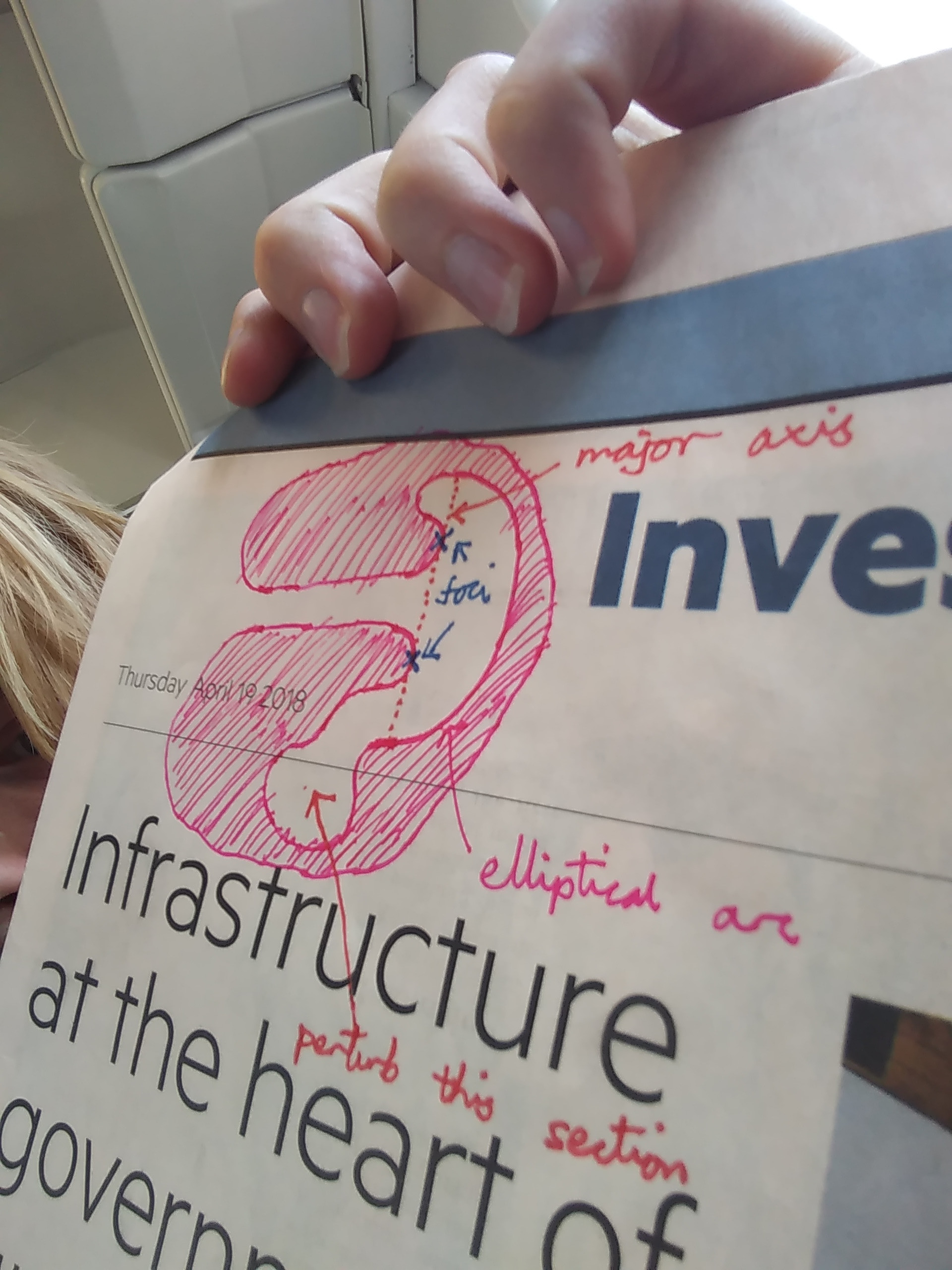For question 3, the answer is yes: take a solid disc and excavate half of the Penrose unilluminable room from it. Then, there are boundary arcs which can never be touched, and you can perturb them without altering the bounce behaviour.
It's possible to make this simple closed curve $C^{\infty}$ if you carefully smooth the corners.
Edit: included a rough sketch.


